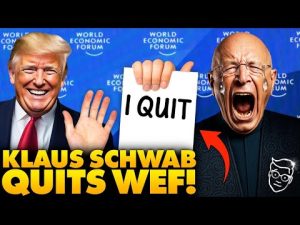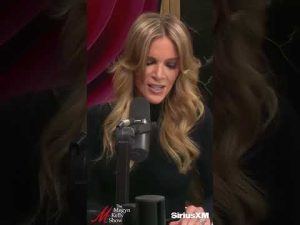Kamala Harris’s “Brat”-themed presidential campaign has faced accusations of being an artificial marketing ploy designed to manufacture grassroots enthusiasm. Reports highlight how her team aggressively co-opted the “brat” aesthetic from British pop singer Charli XCX’s summer album, adopting its signature lime-green branding and meme-friendly visuals to appeal to Gen Z voters. While the campaign leaned heavily into viral moments like Harris’s “coconut tree” speech and partnerships with influencers, critics argue these efforts lacked authenticity and exposed a disconnect between her establishment politics and the countercultural “brat” image.
– The campaign spent millions targeting social media platforms, flooding feeds with “brat”-themed content to rebrand Harris as a “messy, bold” figure despite her history as a prosecutor with moderate policies.
– Charli XCX’s endorsement tweet (“Kamala IS brat”) sparked backlash, with critics calling the alignment a desperate attempt to sanitize Harris’s record of supporting harsh truancy laws, wrongful convictions, and the death penalty.
– Mainstream political figures like CNN’s Jake Tapper and Minnesota Governor Tim Walz awkwardly adopted the meme, accelerating its decline. Observers declared “brat summer” dead shortly after Harris’s team embraced it, blaming its over-commercialization.
Harris’s team reportedly relied on superficial branding over substantive policy shifts, attempting to position her as a progressive “outsider” despite her role in the Biden administration. Detractors note the campaign prioritized aesthetics like the “brat” font and Shrek-green graphics while avoiding debates on issues like Gaza or police reform. This strategy drew comparisons to Hillary Clinton’s failed attempts to seem relatable through pop-culture references.
The narrative of a “manufactured” campaign reflects broader skepticism about political rebranding efforts that prioritize viral moments over principled leadership. Critics argue such tactics risk alienating younger voters seeking authenticity in a polarized election cycle.







